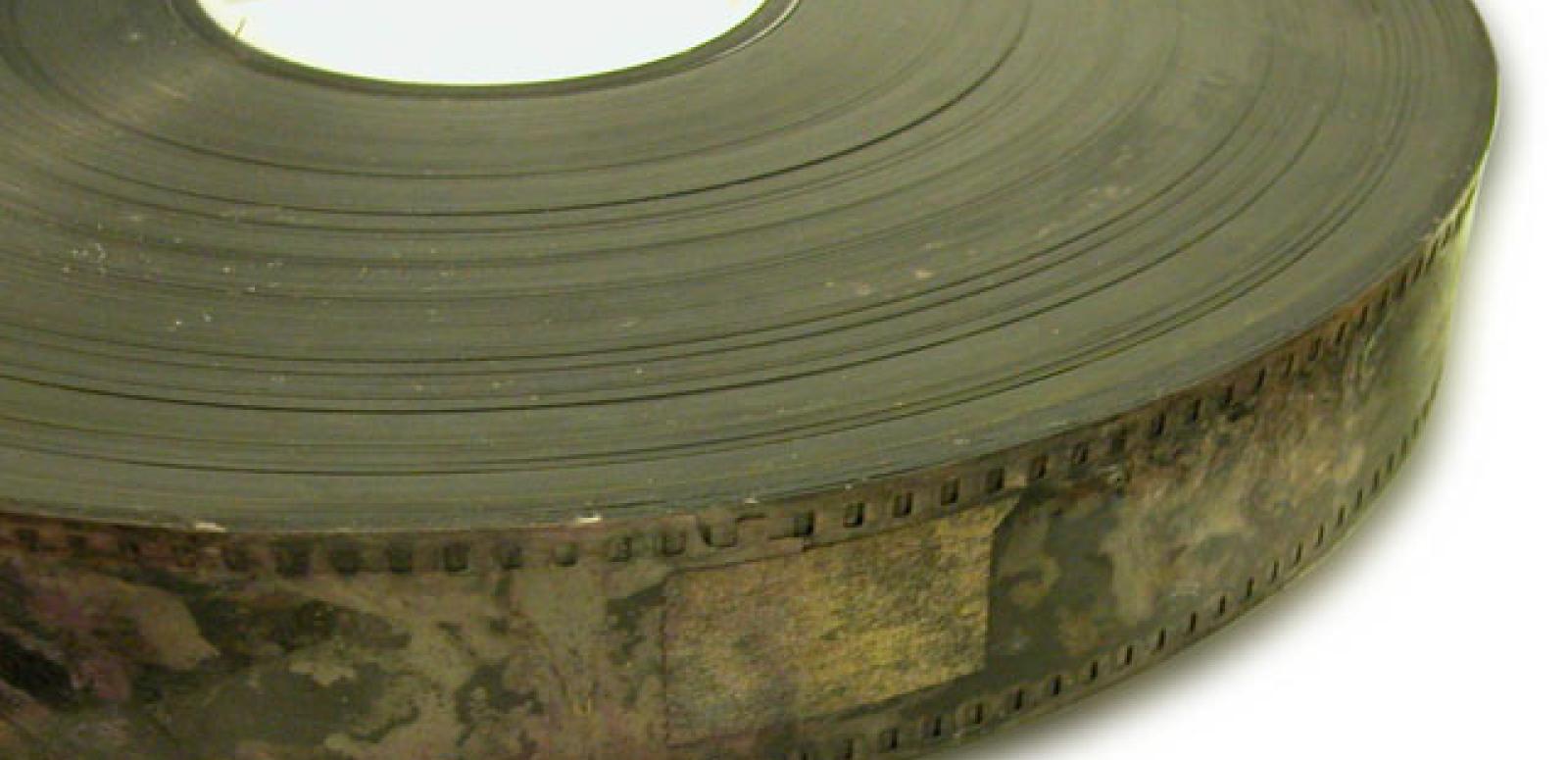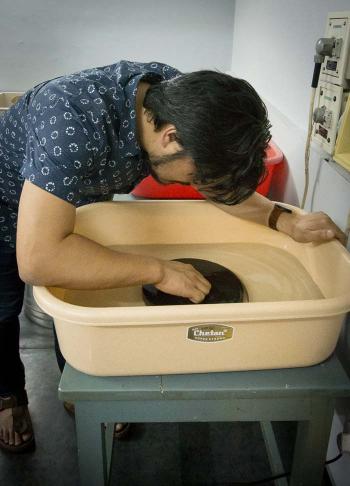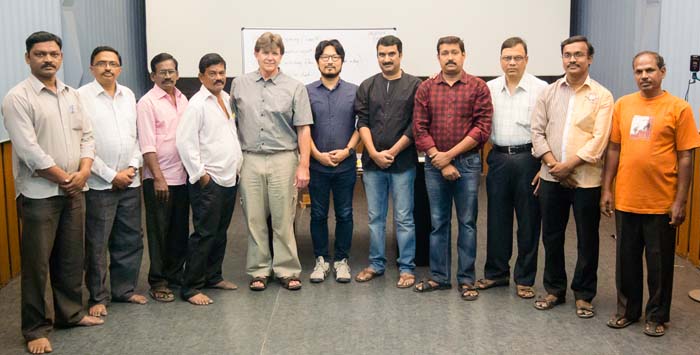

Preserving Tollywood

During last year’s SEAPAVAA Conference in Singapore Mr Sai Prasad, CEO of Prasad Corporation (a major film production and restoration company based in India), spoke with us at length about the NFSA’s expertise in film conservation and providing international training.
After a number of follow-up conversations and a contract with Prasad, we travelled to Prasad Film Laboratories to conduct a two-week training consultancy. Prasad is located in Hyderabad, in the state of Telangana, a major centre for Indian film production known as ‘Tollywood’. They produce around 175 feature films a year but unfortunately the harsh climate causes films to deteriorate very rapidly. Films can turn into a sticky liquid goo in a matter of years.
Prasad Corporation is embarking on a program of treating and digitising their own back catalogue, and sought the NFSA’s expertise in training a team of film technicians in the art and science of film conservation.


The original training plan was based on previous training in similar locations … however this was India and film does behave differently there. We are not the first to note this; there are many differences between film laboratory practices in India and other locations.
The first difference we encountered was coating, or lacquering, each negative as part of routine processing. This introduces a range of issues not present in our film conservation work at the NFSA. We also noted different problems in the way film deteriorated and subsequently ‘blocked’ or stuck together in a solid mass. This was a challenge; the treatments we would routinely use to deal with blocked deteriorated film were less effective and suddenly the training turned into a research project.

With limited equipment available and basically only ‘test-tube chemistry’, we had to determine the mechanism of the blocking and try to develop a practical solution. Along the way we found similarities with other blocking mechanisms that had already been researched by the NFSA, and this gave some insights into the problem. While we did not achieve a perfect solution to the problem in this short time frame, we found a workable approach.
The opportunity to research these problems with a large collection in this condition has provided many insights into other film conservation research areas that the Conservation and Research team at NFSA are working on. As has happened so many times before, NFSA’s outreach in training has benefited not only the recipients but also us, pointing us towards innovative new ways to help preserve our collection.
The National Film and Sound Archive of Australia acknowledges Australia’s Aboriginal and Torres Strait Islander peoples as the Traditional Custodians of the land on which we work and live and gives respect to their Elders both past and present.